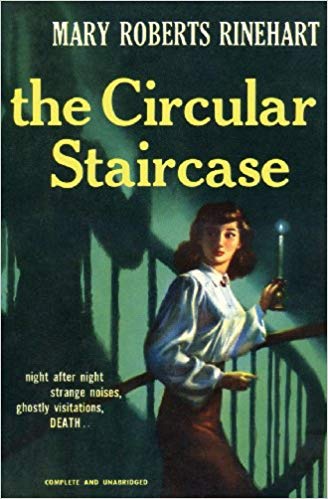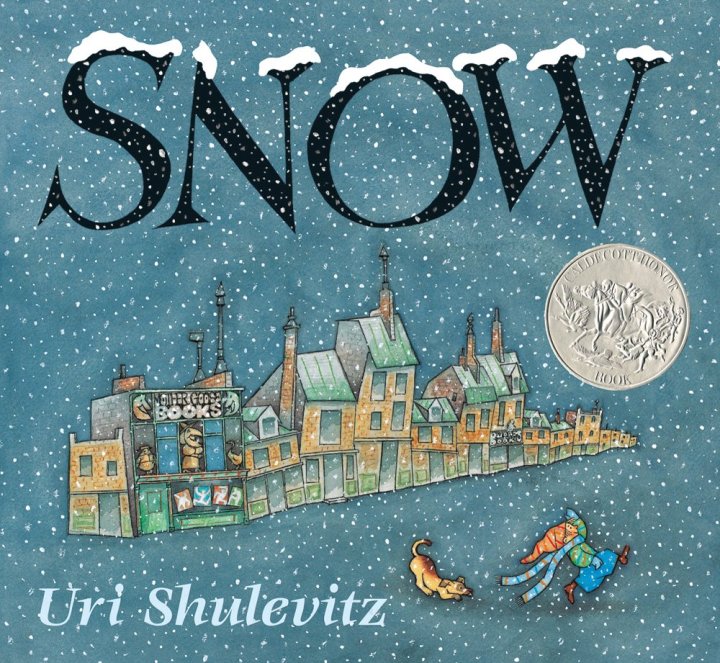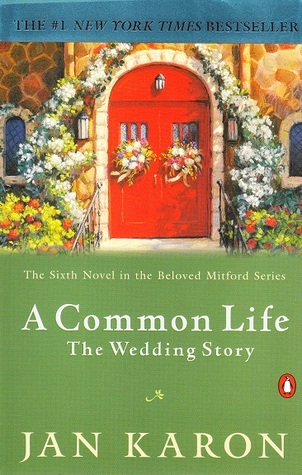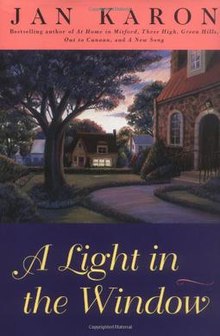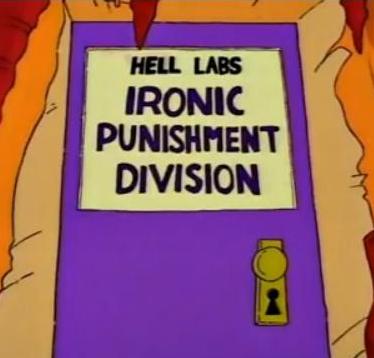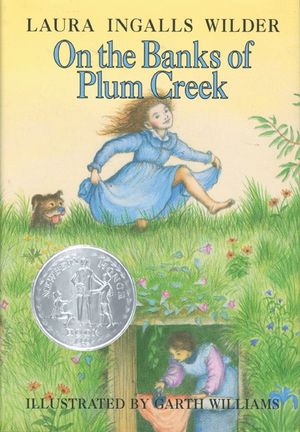I suppose I’m legally required to say that I received a free copy of this book to review it. (I’m wondering if I really have to admit that, though, considering that it was about ten years ago? … Like I’ve mentioned, I’m rather behind on my reading.)

This book has an excellent premise. A teenage boy went to sleep one night after fighting with his best friend — and when he wakes up, it’s a year later, his friend has been murdered, and he has been sentenced to jail for the crime. A mysterious person helps him escape from the police, and now he’s on the run, trying to regain his memory and figure out what the truth of the matter is (did he kills his friend? Did he not? What is the truth?)
Like I said, it’s an excellent adventure premise that makes you want to know more. It would be even better if this story took place in the 1980’s, as it has a very 80’s-teen-adventure vibe. And it has some very interesting philosophical stuff about the difference between absolute moral truth and relativism (which is an unexpected theme in a teen adventure story). And it’s a pretty quick read.
That said… the book is a bit clunky in spots. It turns out that this book is actually the second in a trilogy of books — so the first part of the book (the part that killed my reading this book about ten years ago) is just a rather stiff, first-person retelling of the adventure up until now. I know that it’s a tricky thing, to recap the story for people who haven’t read the other books and yet not lose the people who have — but it just came across as flat, which is a feat considering how exciting the content was. But the part that straight-up stopped me reading last time around was the way the author described the main character, as it was so clunkily and amateurishly written:
“I looked at myself in the mirror. The guy looking back at me was six feet tall. Thin but with broad shoulders, good muscles, still in good shape. I had a lean, kind of solemn face with a mop of brown hair flopping over the forehead. Brown eyes — serious eyes — probably too serious for a guy who was only eighteen — but honest and straightforward.”
First thing — our protagonist looking at themselves in the mirror is such a LAZY WAY to fit in a description of the protagonist. Second, does any part of this sound like the way a normal human man would describe himself, much less a teenage boy? Granted he’s a somewhat introspective boy, but this is just a bit much. No teenage boy (who isn’t wholly pretentious and in love with himself) is going to refer to himself as having “broad shoulders, good muscles, still in good shape…” or “eyes too serious for a guy who was only eighteen”. Maybe, if it went something like this…
“I looked at myself in the mirror — and a virtual stranger stared back at me. It was spooky and unsettling. I looked tired, unshaven, and like I had aged five years overnight — not just one.”
But, you say, that doesn’t give us any details about what he looks like. Nope! It sure doesn’t. And that’s the thing — ultimately, especially in a quick read like this, we don’t really need to know what the hero looks like. We can ascertain, from his actions (that he’s good at karate, that he can outrun police on foot and so on) that he’s in pretty good physical condition — and figure out that he’s serious and solemn from his other actions.
I understand what the writer is trying to do here — he’s trying to paint us a picture of this guy so that we, the readers, will understand what he looks like. Great. That’s what a description is for. However, ultimately, the thing of it is that we, the readers, don’t need to know anything about his description that doesn’t actually serve the story. Does it change the story for us if we don’t know that he’s six feet tall and has brown eyes? No, it doesn’t.
Now, here’s a good character description (from a wholly different book, Miss Mapp by E.F. Benson)…
“Miss Elizabeth Mapp might have been forty, and she had taken advantage of this opportunity by being just a year or two older. Her face was of high vivid colour and was corrugated by chronic rage and curiosity; but these vivifying emotions had preserved to her an astonishing activity of mind and body, which fully accounted for the comparative adolescence with which she would have been credited anywhere except in the charming little town which she had inhabited so long. Anger and the gravest suspicions about everybody had kept her young and on the boil.”
The thing that makes this description great is that a) it shares things we need to know about the character, and b) it paints a vivid picture of the character without giving specific details, like her hair being blond or her eyes being beady. Granted, it’s probably harder to make this sort of description in a first-person story (it wouldn’t have worked if Miss Mapp herself were trying to make this description — especially since Miss Mapp isn’t self-aware enough to point out her own flaws) but that’s why you keep the descriptions to a minimum in first person, unless they’re absolutely necessary.
But the awkward description of the hero in The Long Road Home is more of a symptom than its main problem. Most of the sections where the hero is by himself aren’t great. When the hero finally has people to talk to, the dialogue moves along pretty well and feels quite natural.
I’m going to say that this book is ultimately a bit of a mixed bag. Some parts are clunky and dull. Some parts are well-written and fun and do what they’re supposed to do.
I doubt everyone would like this book. Nor would everyone hate it. Ultimately, I guess, I should give it to a kid and see if they enjoy reading it, since that’s the intended audience.
